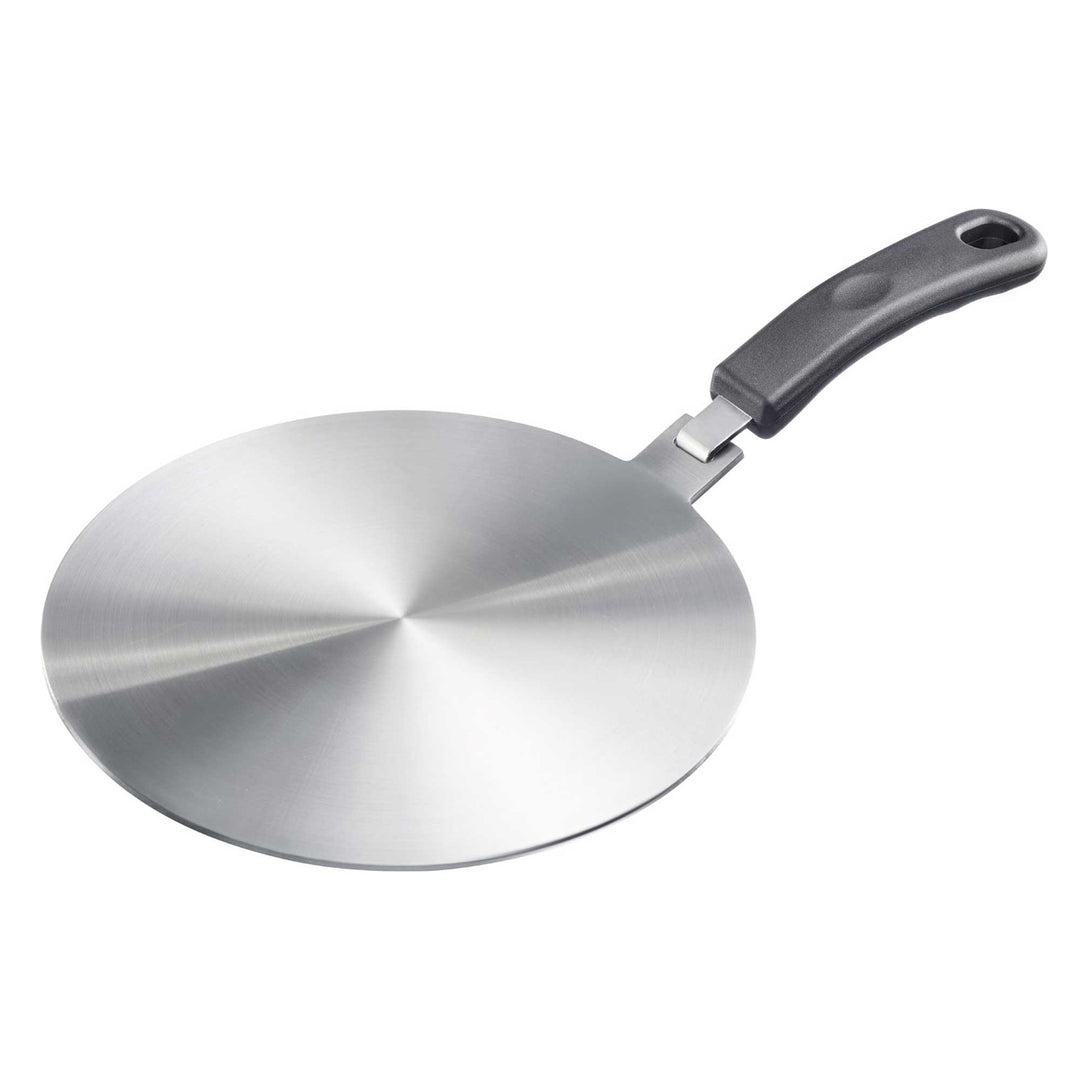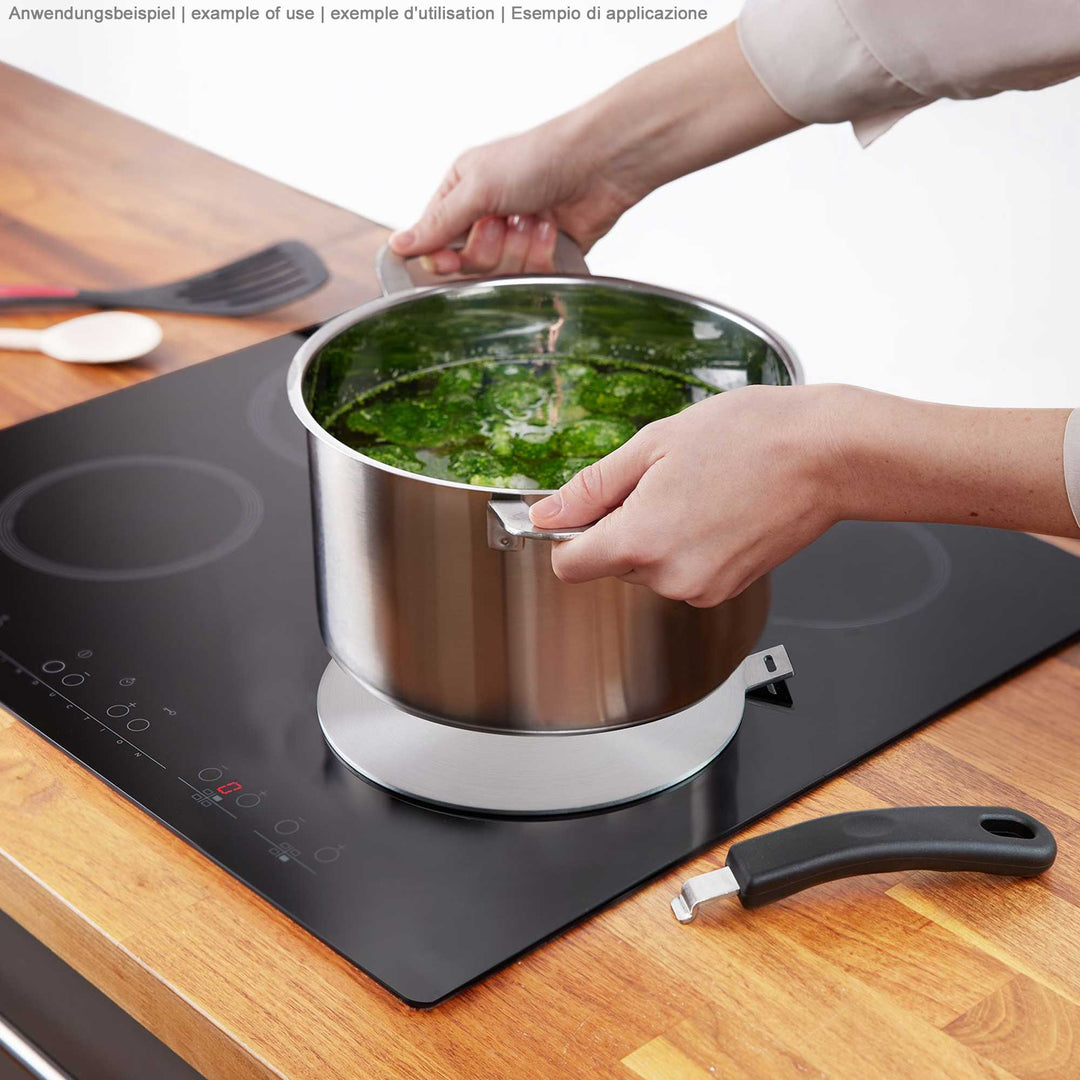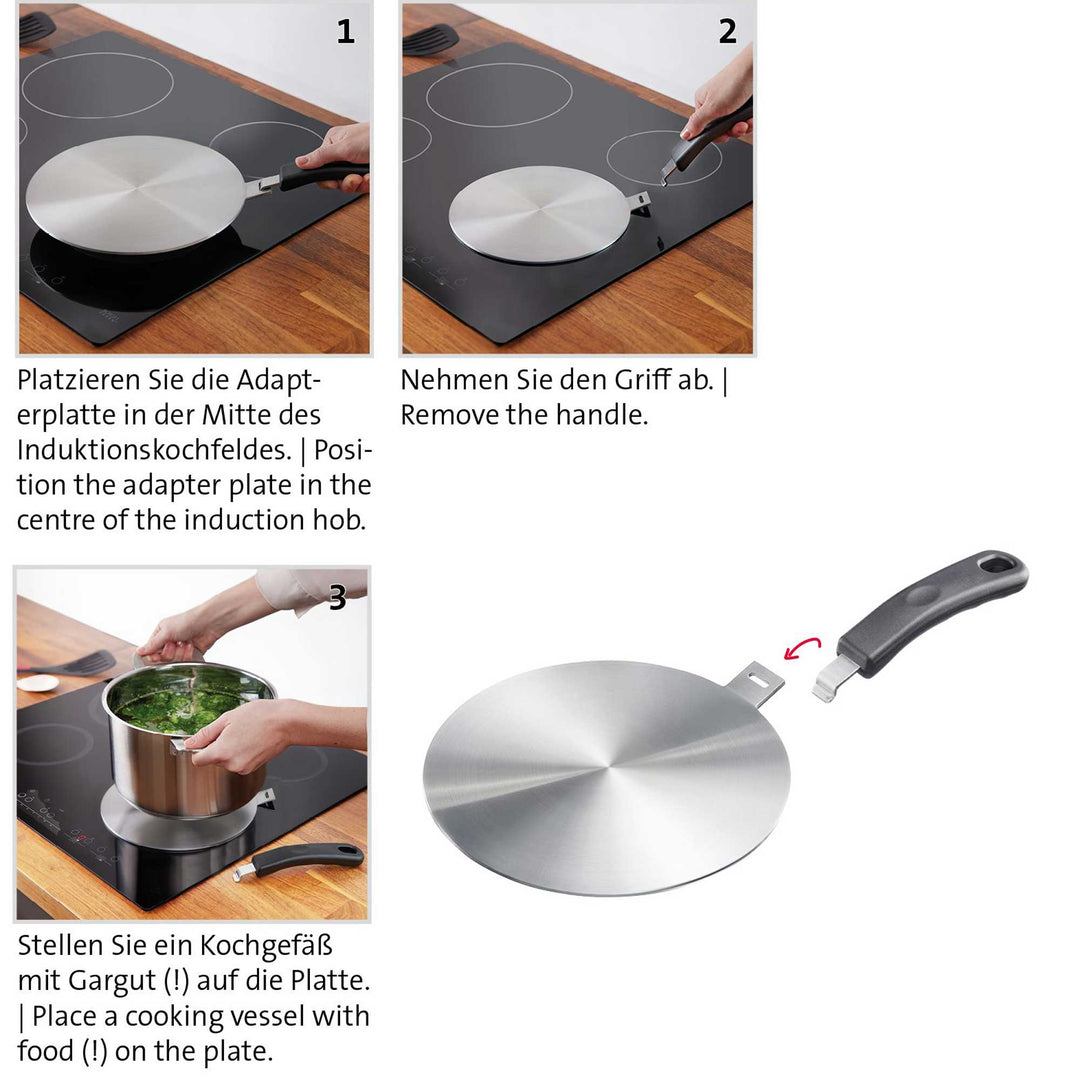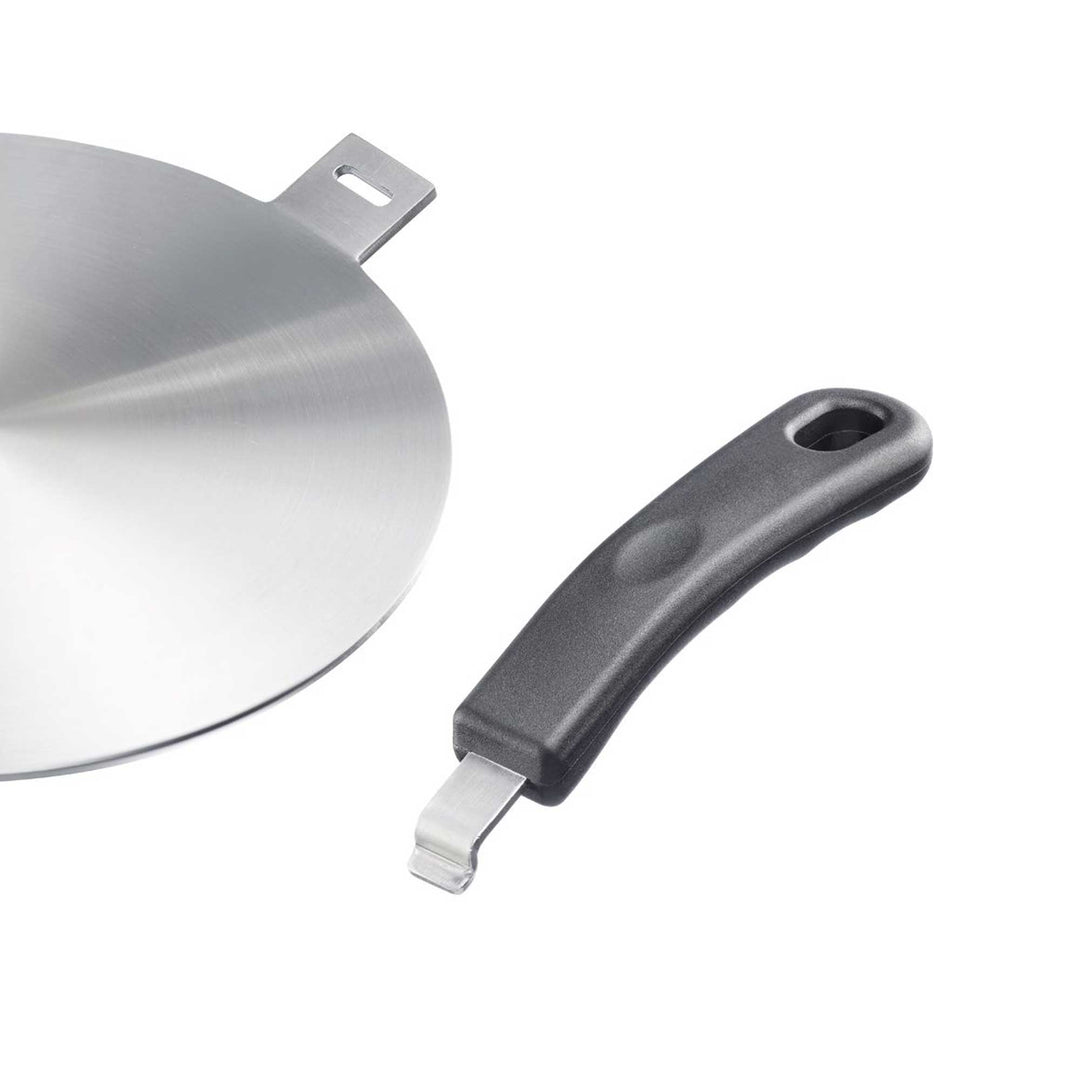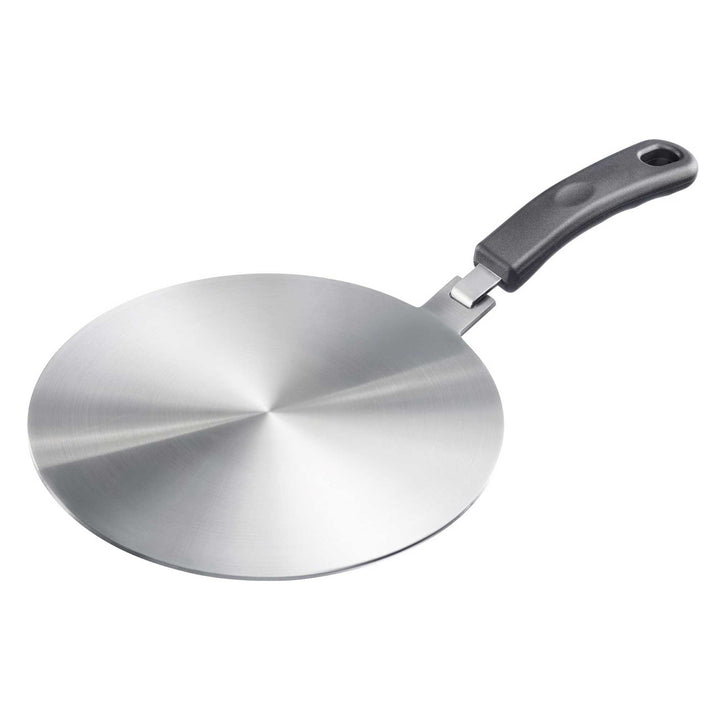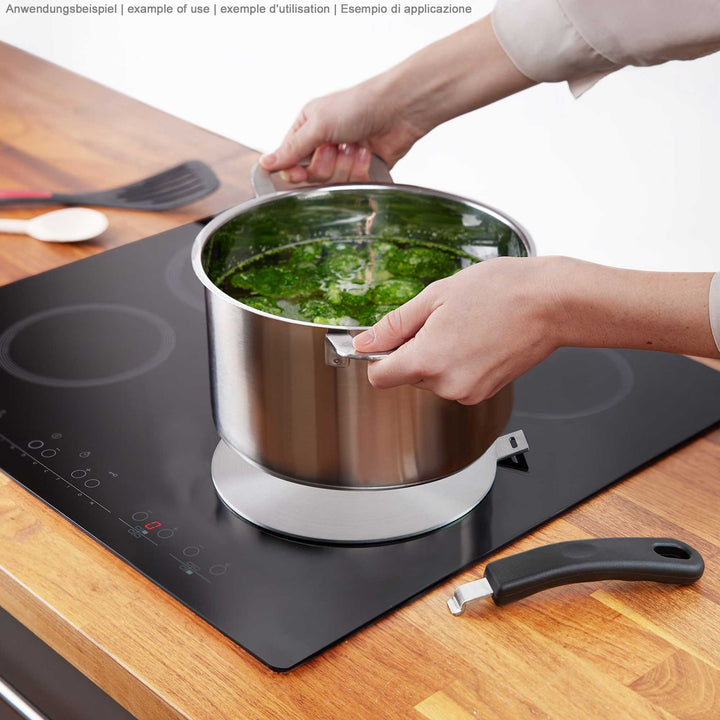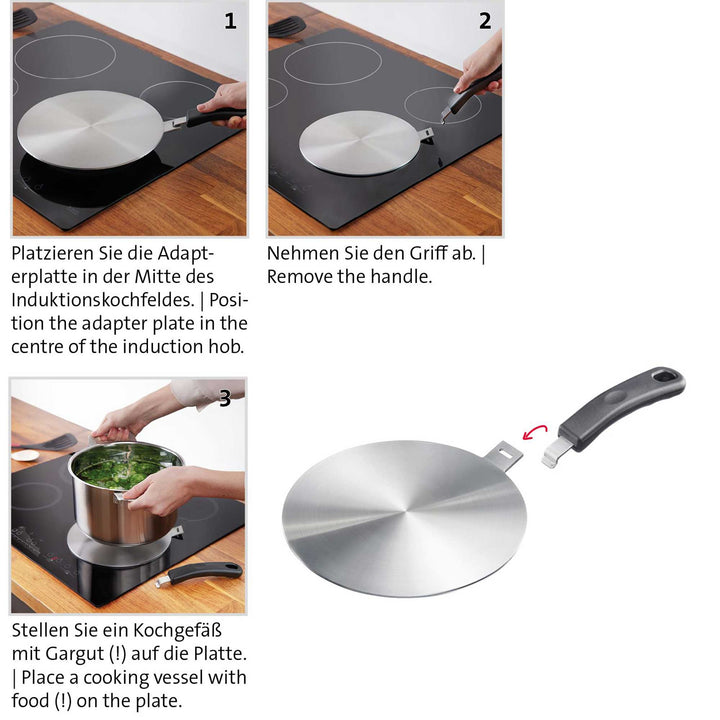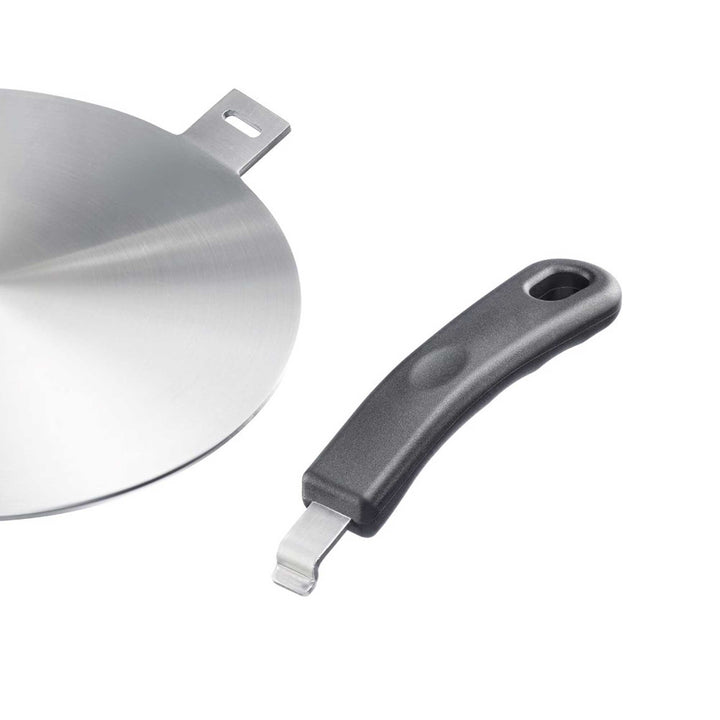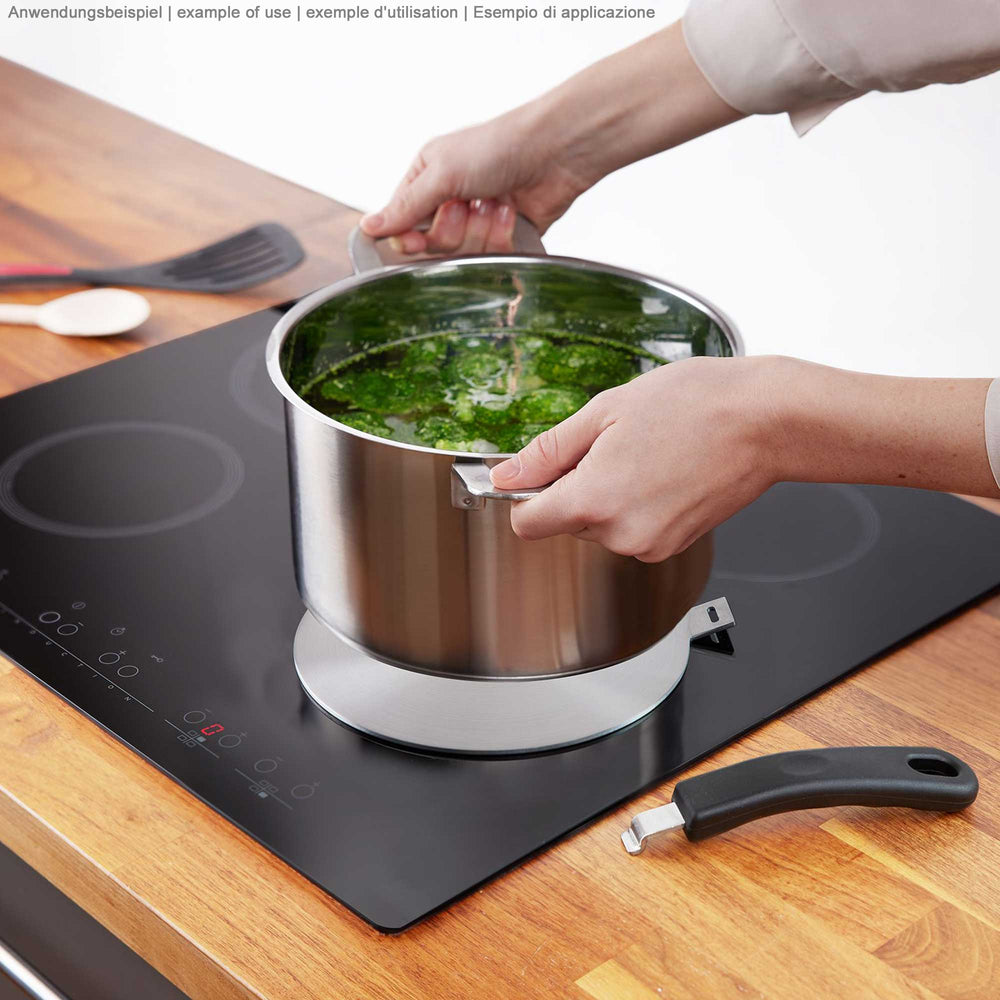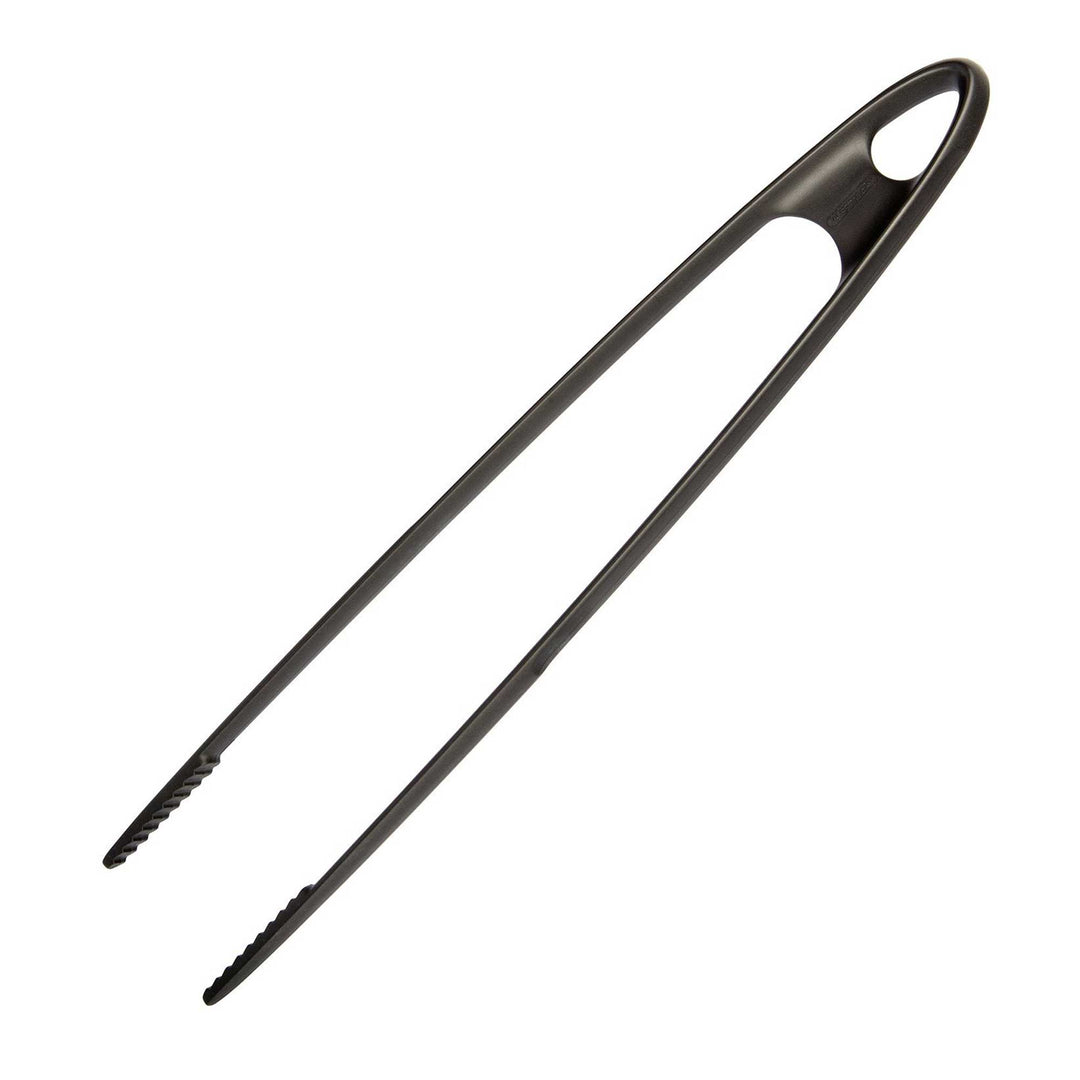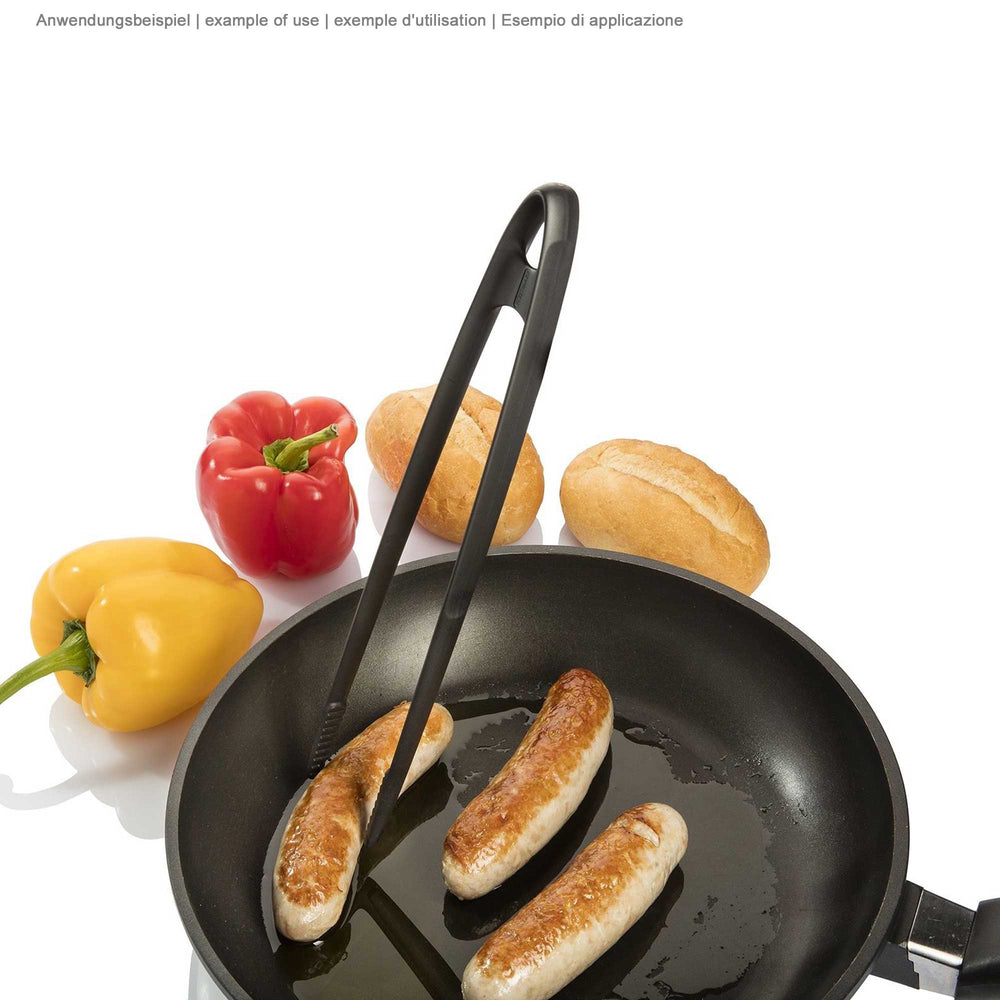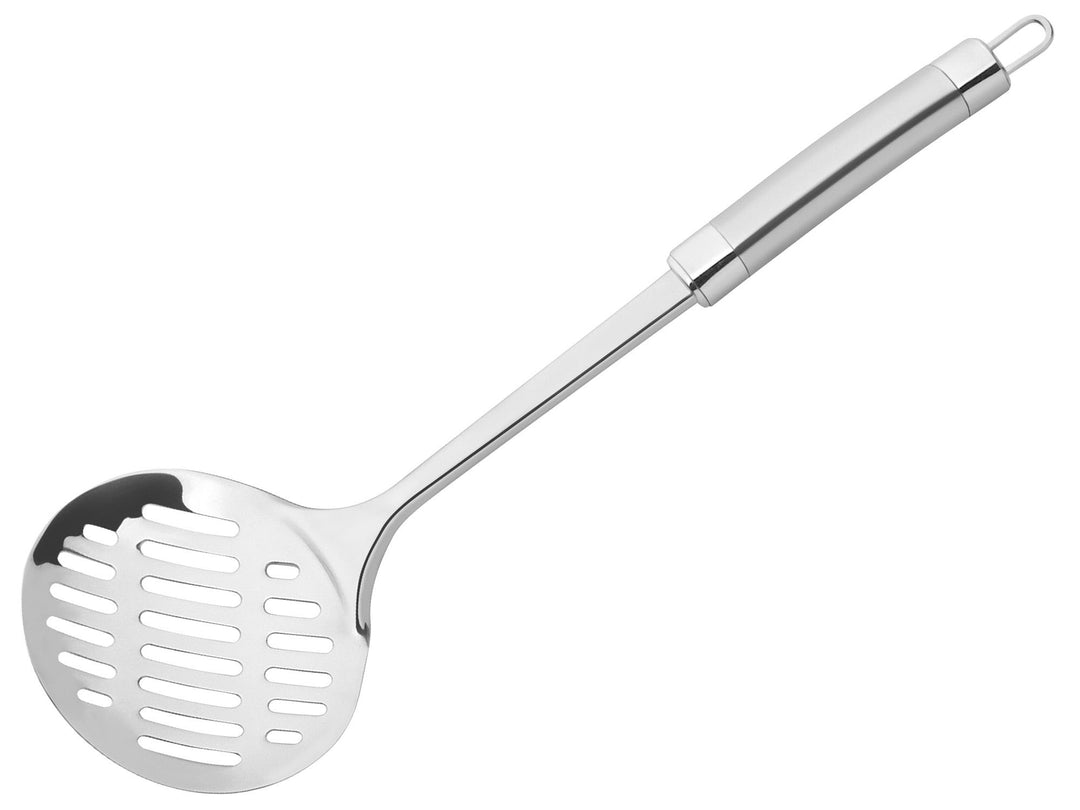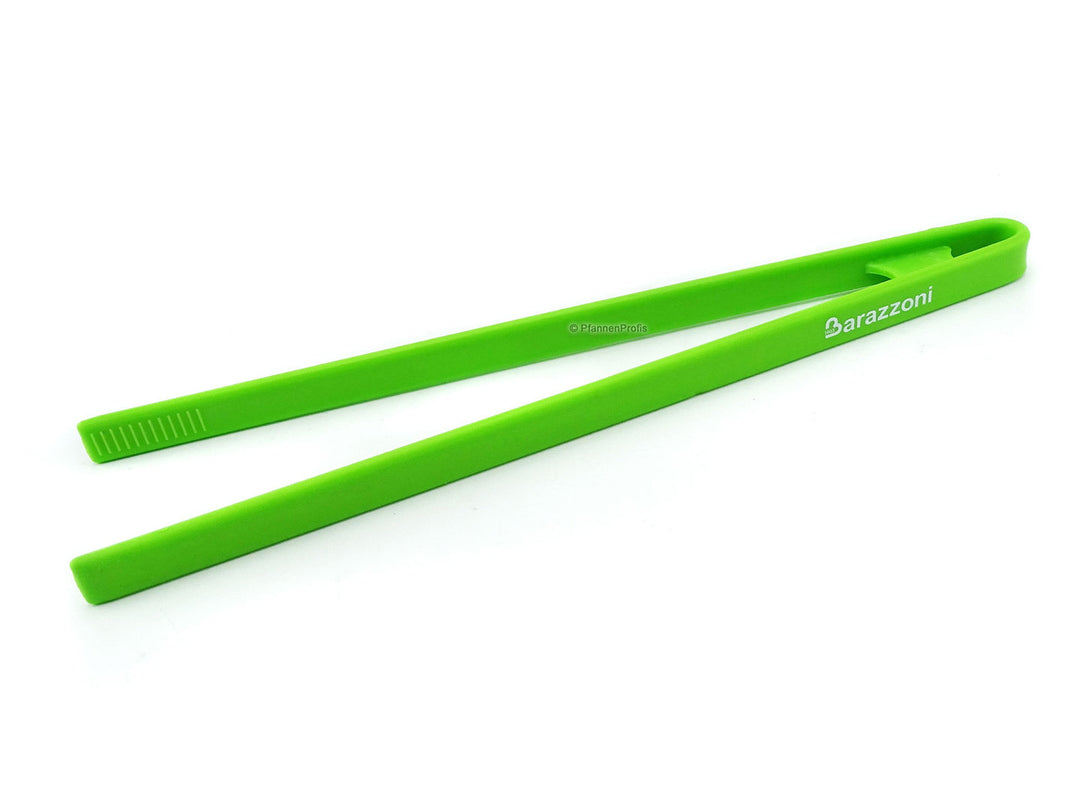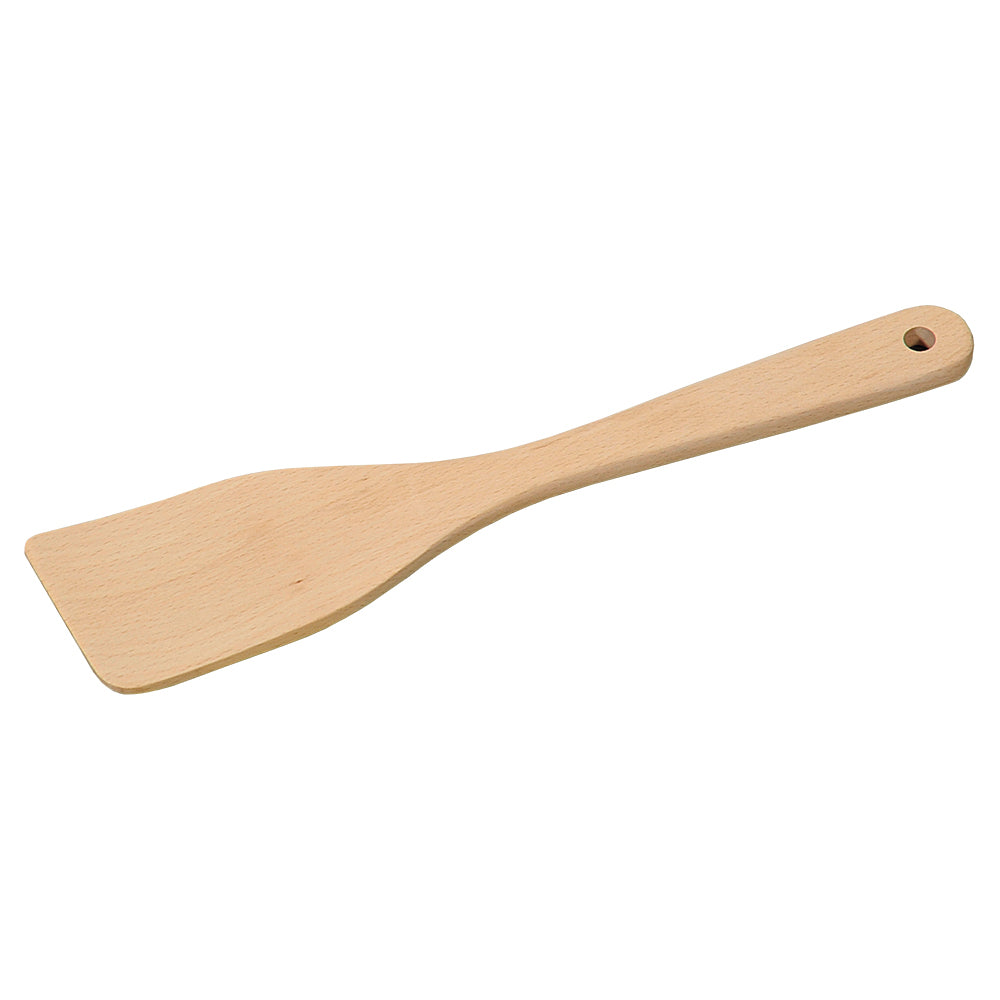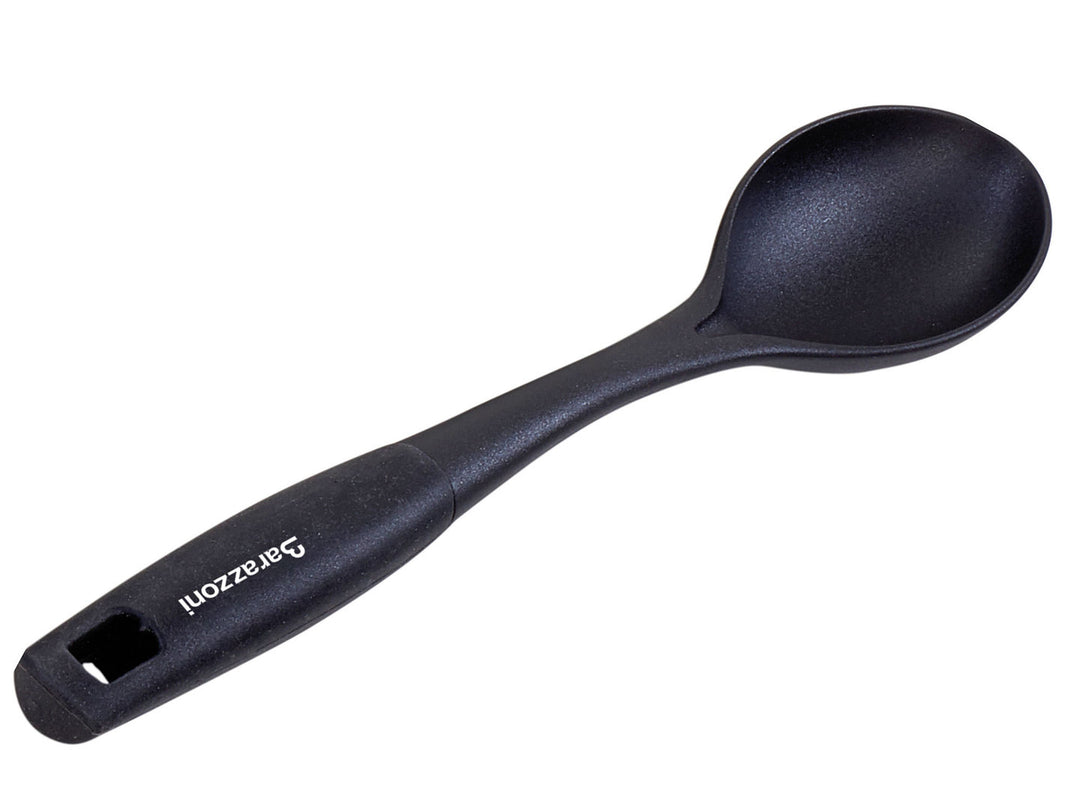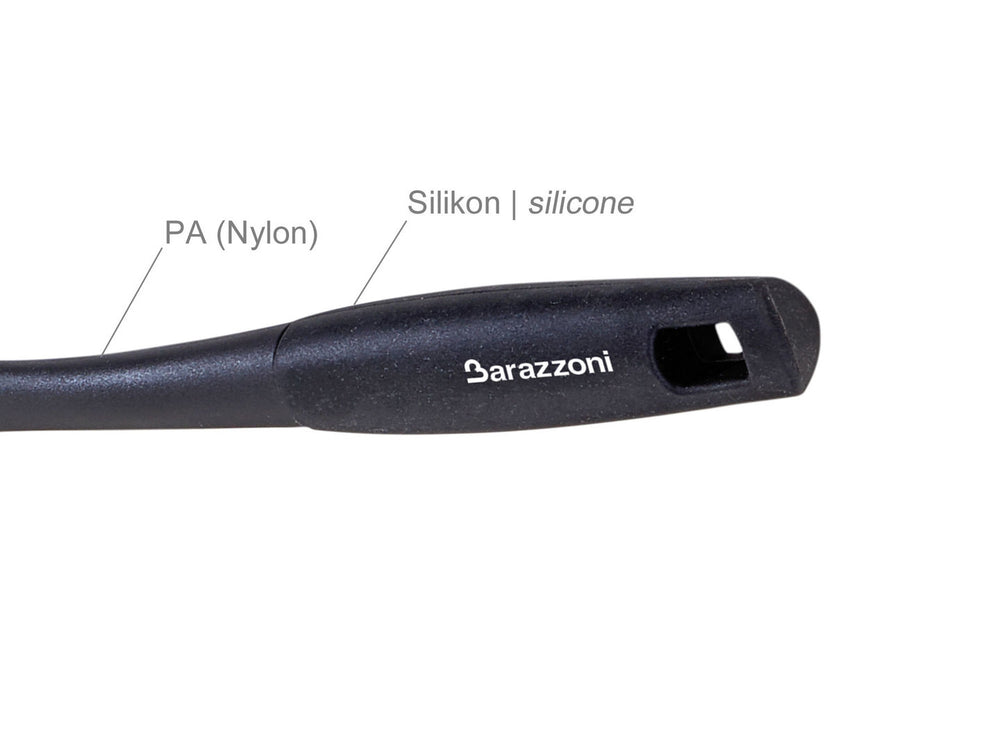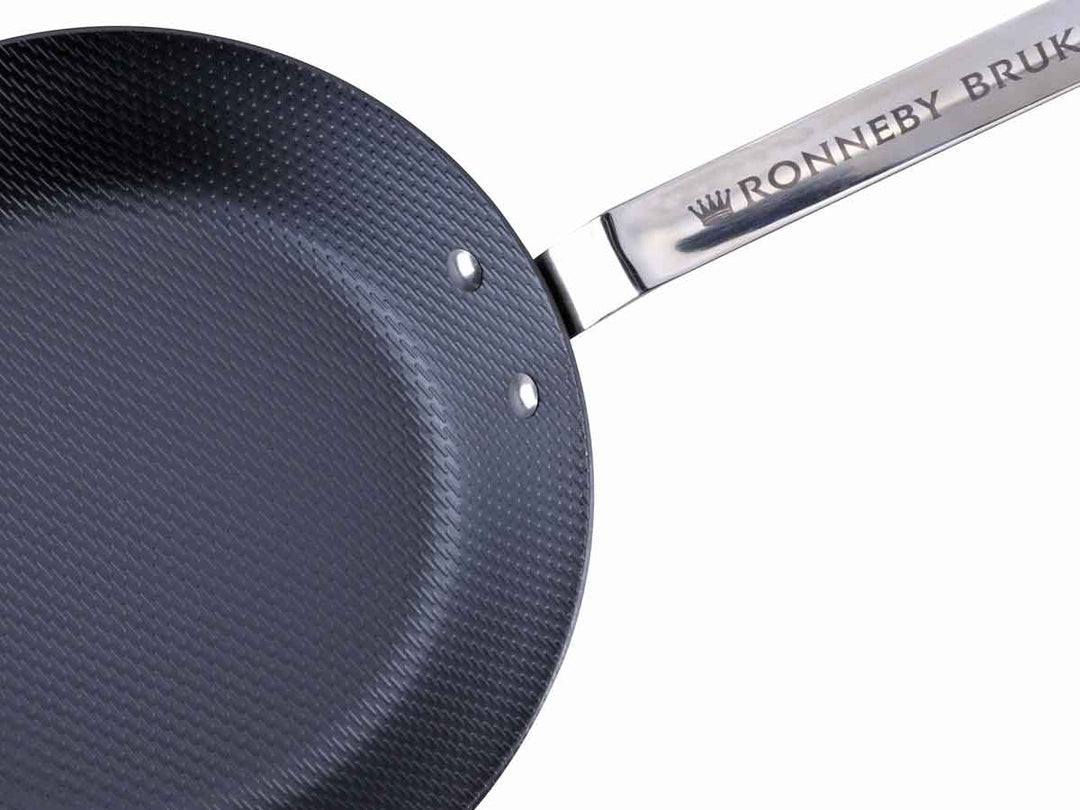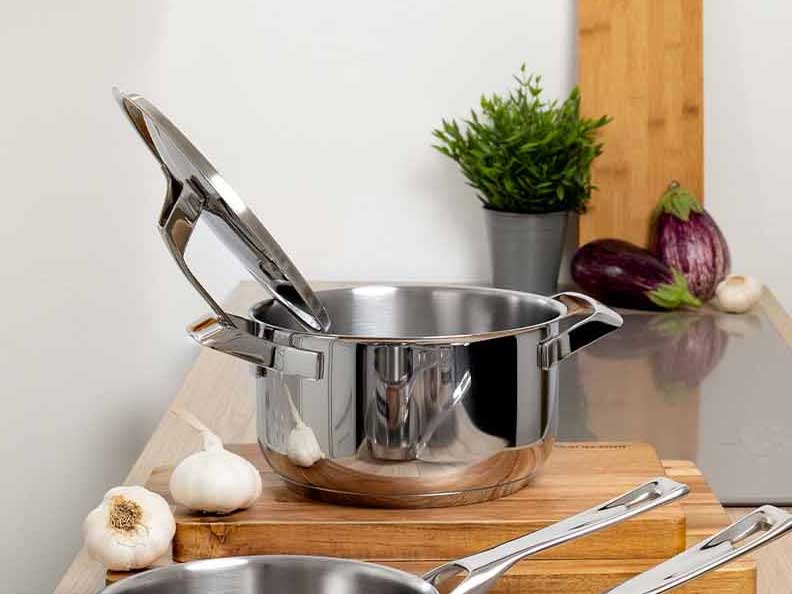How to make your old favorite pot usable on induction too
Have you switched from a conventional hob to an induction hob, but one of your favorite pots or pans is not suitable for induction? No problem! There are induction adapter plates like this one.
With the adapter plate, you can use non-metal cookware such as glass ceramic or ceramic or even metal cookware made of aluminum / cast aluminum, stainless steel or copper that is not equipped for induction on the induction hob without any problems.
With removable handle
Position the adapter plate on the hob and remove the detachable handle from the plate. You can now heat the plate inductively and heat your non-induction cookware on it, just like on an electric hob. The adapter plate is therefore heated inductively, while your cookware is heated as normal, mainly by heat conduction.
After cooking, carefully attach the heat-insulating handle to the plate, lift it off the hob and place it on a heat-resistant surface to cool down completely. Do not quench the plate!
- Plate in sandwich construction: ferromagnetic, induction-suitable stainless steel on the outside, aluminum core on the inside for good heat distribution.
- Diameter of the plate approx. 24 cm.
- Length with handle approx. 44 cm.
- Thickness of the plate approx. 4 mm.
- Weight of the plate without handle approx. 0.7 kg.
- Removable handle with heat-insulating plastic cover.
- Easy to clean and dishwasher-safe.
Instructions for use:
Please only operate the plate up to max. 80% of the maximum power of the respective cooking zone, i.e. if the induction hob goes up to level 10, then operate at level 8 maximum. The power/booster function, if available, should be avoided.
Heating may cause the stainless steel of the plate to discolor (so-called tempering colors). This does not constitute a defect.
Always allow the plate to cool down slowly and evenly. Never immerse the hot plate in water or pour water over it, otherwise the plate could become irreversibly warped!
Understanding the information on the size / diameter, height and capacity of cookware:
1) The most important information: diameter = upper inner diameter

The diameter is the most important indication of the size of pots and pans. The measurement is taken at the top inside , i.e. on the inside of the pan/pot rim; hence the designation upper inner diameter, which you will find in our item descriptions. A 28 cm pan has a diameter of 28 cm from one inner edge to the other inner edge. This measurement method is an international standard and authoritative, unless expressly stated otherwise in the item description.

For square pans (e.g. many grill pans) and roasters, the size is given as the product of two lengths. Here you measure again at the top inside, at the longest point, which is usually in the middle. For example, many grill pans have a size of 28 x 28 cm.
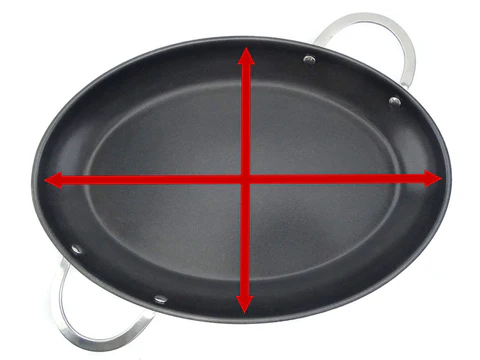
Fish pans and roasters often have an oval shape. As shown above with the square pans, the longest internal dimension is given here. Such a 38 cm fish pan has an inner length of 38 cm on its longest side. At right angles to this is the short side of eg 24 cm. As a result, the pan would be declared as 38 x 24 cm.
2) Bottom diameter = contact surface
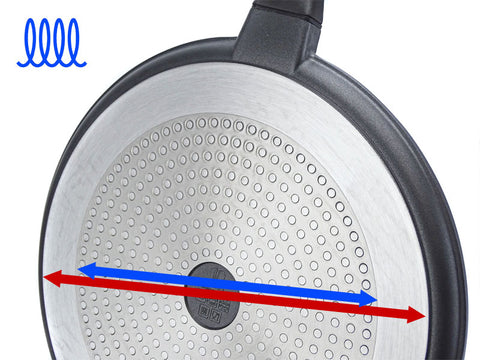
When we talk about base diameter, we mean the diameter of the contact surface, i.e. the surface with which the pan, pot or roaster stands on the stove. Not meant is the frying surface! The information about the base diameter can be helpful when it comes to choosing a suitable cooking surface for the cookware. The size of the cooker and the diameter of the base of the cookware should match to a certain extent in order to avoid damage to the cookware and to ensure that the cookware functions as well as possible.
ATTENTION, induction-suitable aluminum cookware:
Please note that cookware made of aluminum / cast aluminum for induction cooking usually has a stainless steel disc on the base, the diameter of which is often smaller than that of the base (marked in blue in the picture). Where this applies, you will find the corresponding information in our item descriptions.
3) Height of pots and pans

Unless expressly stated otherwise, the indication of the height of a cookware describes the outer edge height, from the top edge of the cookware perpendicularly to the contact surface, without taking lids, handles etc. into account.
The inner height (i.e. from the frying surface up to the edge) can be determined approximately by subtracting the base thickness from the height.
4) Capacity of a cookware

When it comes to capacity, there are often misunderstandings: the capacity of a cookware indicates how much the container can hold at most. That always means filling up to the brim! This is international standard. The filling quantity that can be used when cooking is always less than the capacity.
Please note that in the case of pressure cookers, for safety reasons, the filling quantity permitted in pressure cooking is significantly lower than the capacity of the pot.
 DE: 4.90 €
DE: 4.90 €
 EU: from 14.90 €
EU: from 14.90 €
 UK: from £18.40, delivered duty paid
UK: from £18.40, delivered duty paid
 CH: from 19.90 € (duties & charges may apply with / after delivery)
CH: from 19.90 € (duties & charges may apply with / after delivery)
 USA & CND: from 35.70 € (duties & fees may apply with / after delivery)
USA & CND: from 35.70 € (duties & fees may apply with / after delivery)
More details about shipping costs here.



